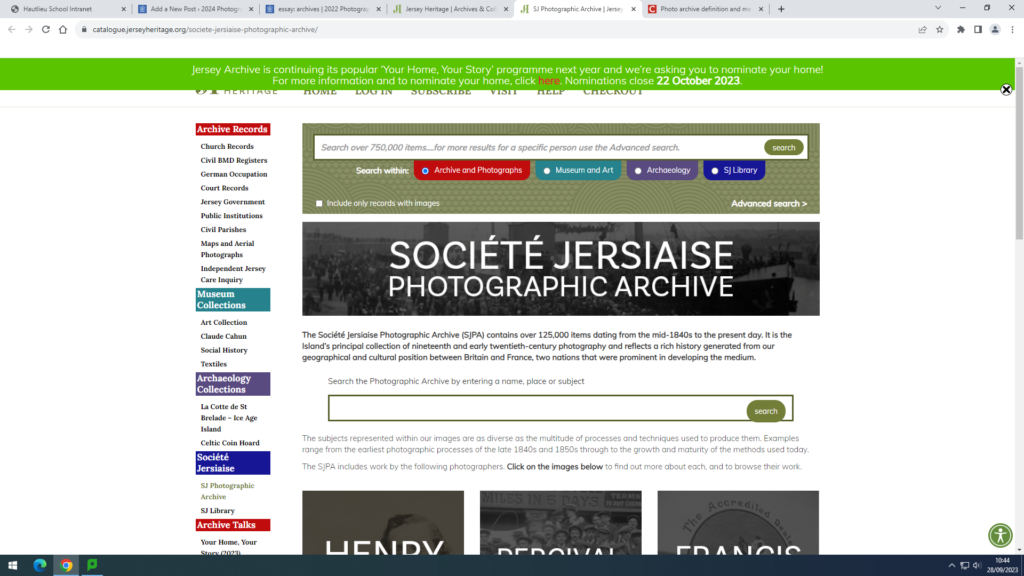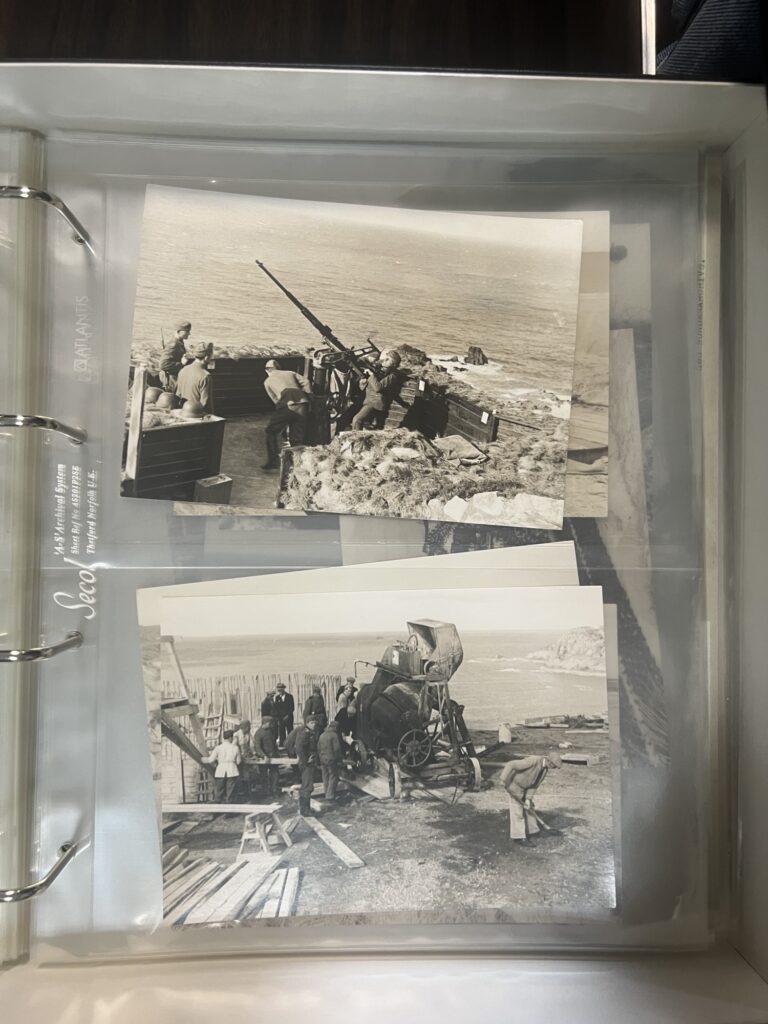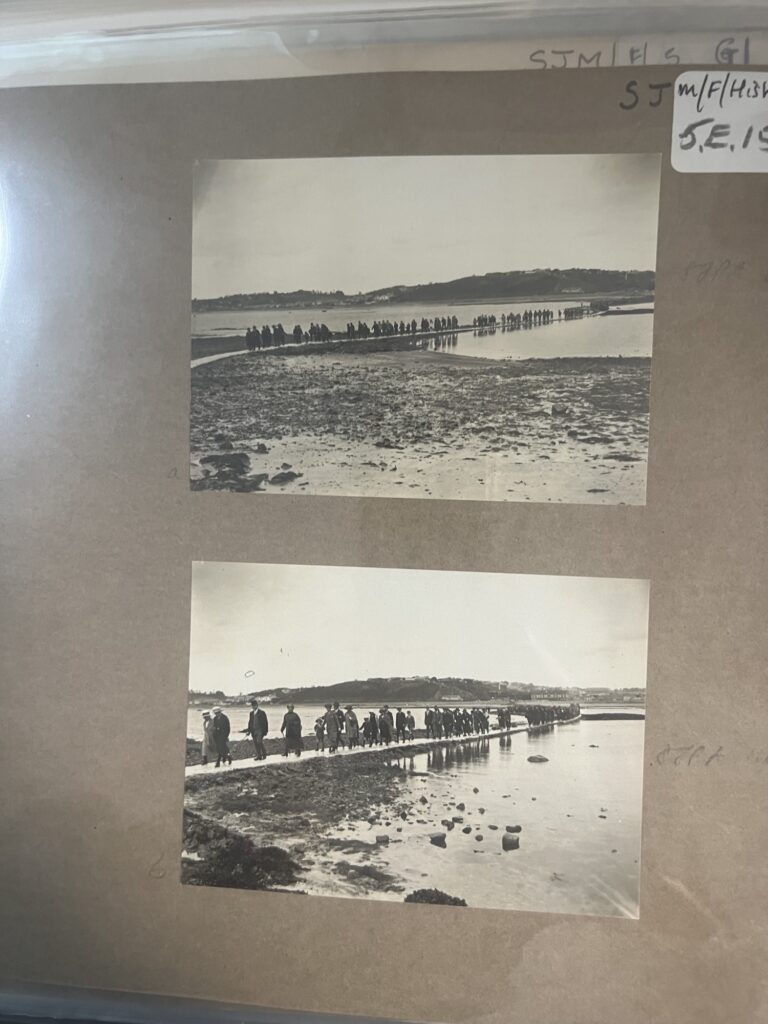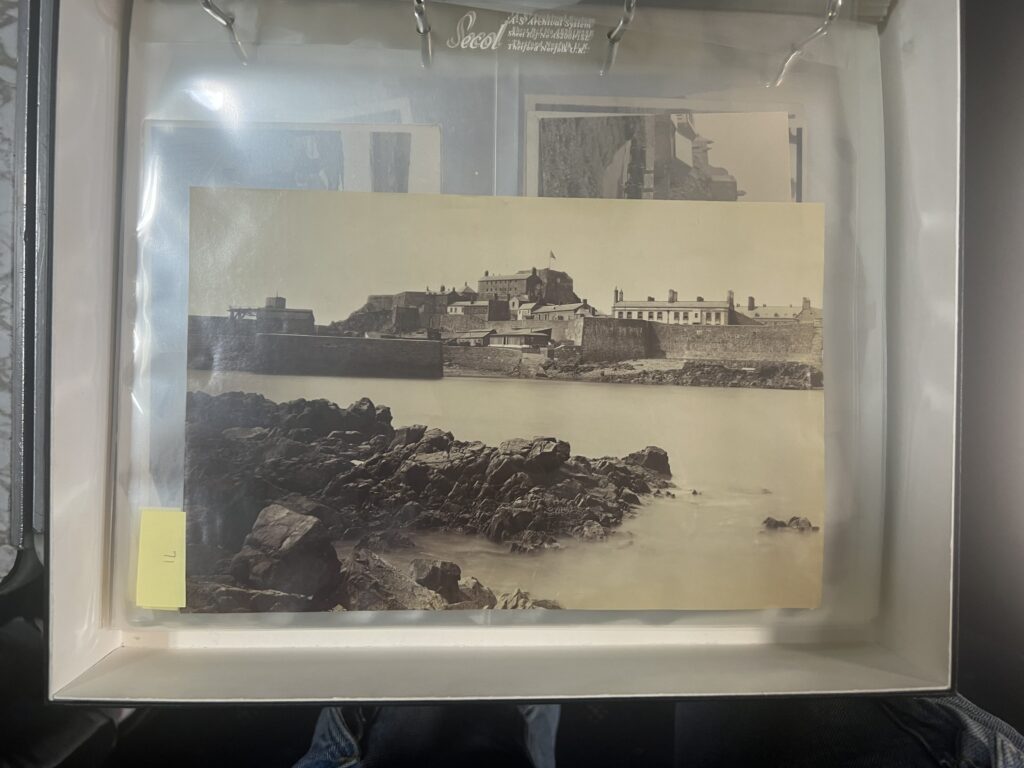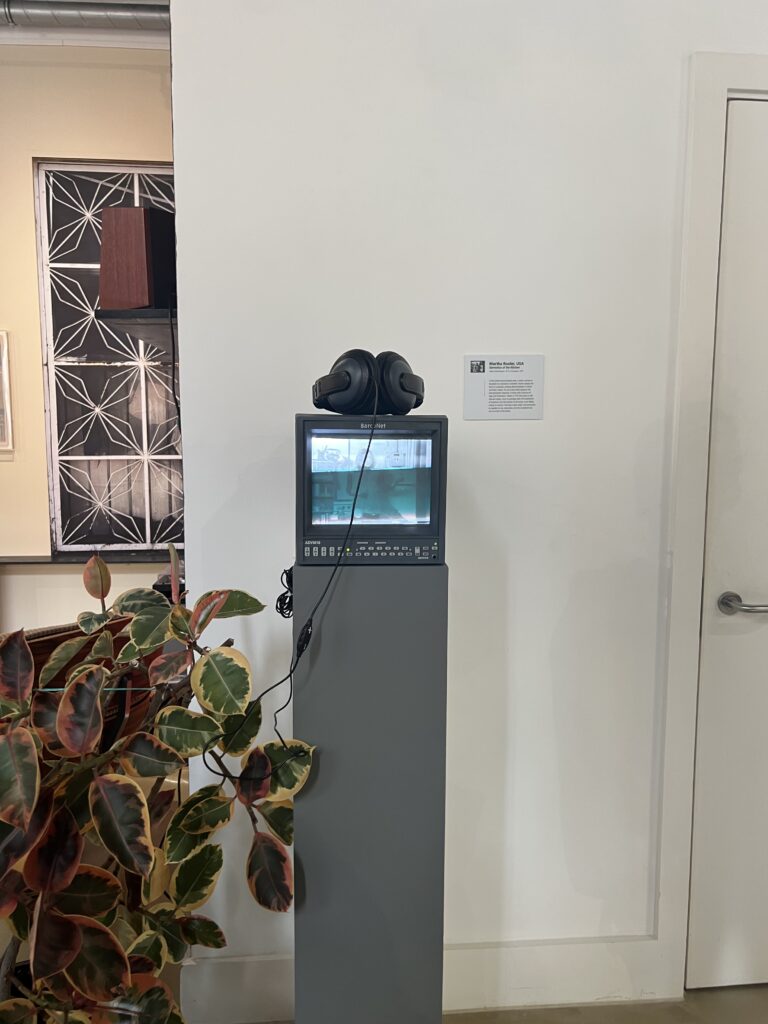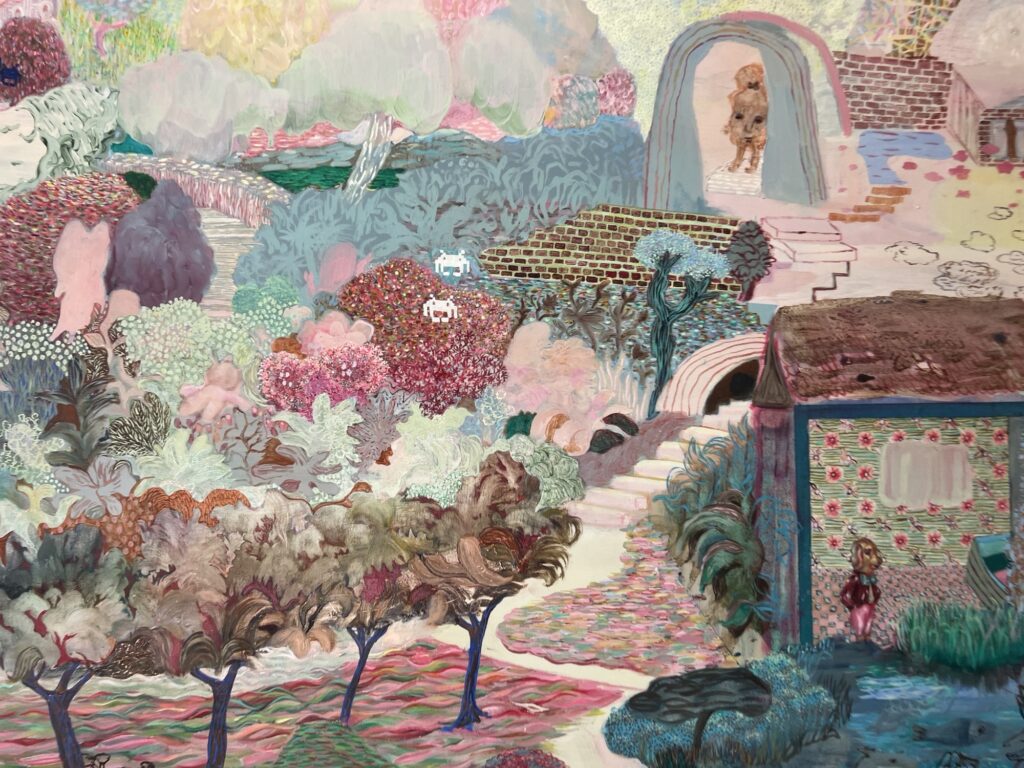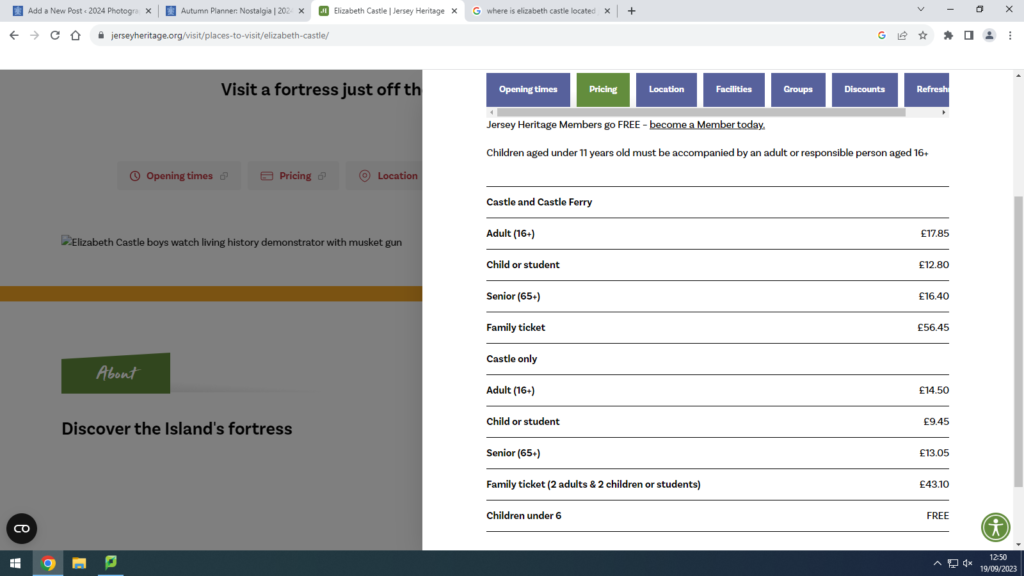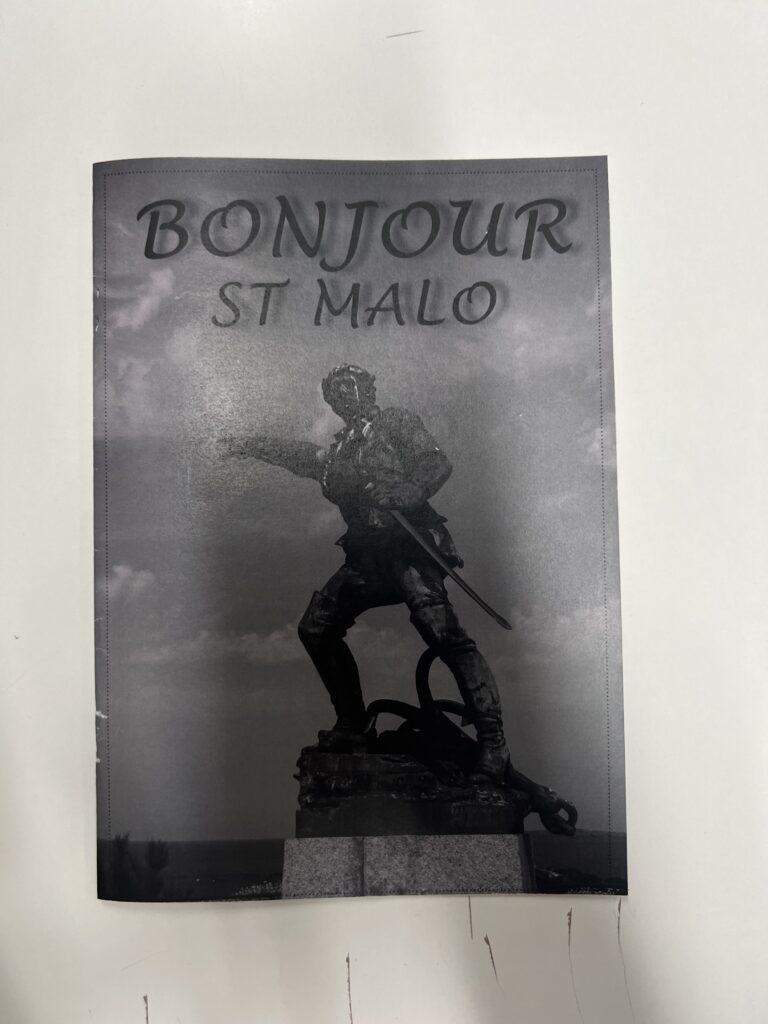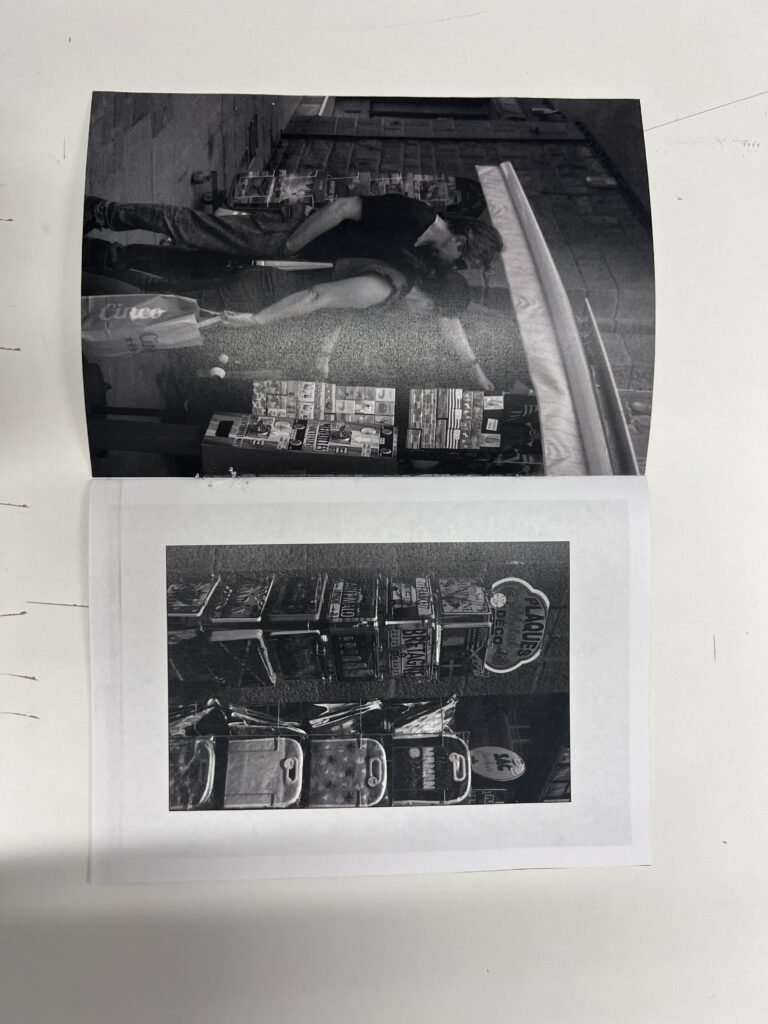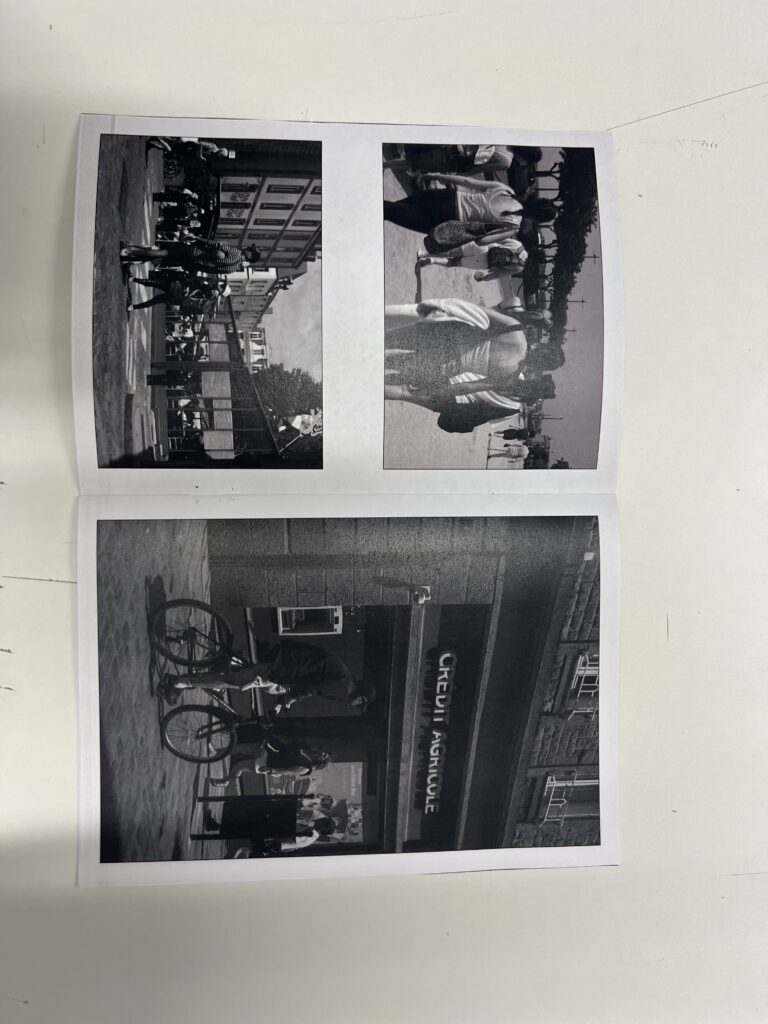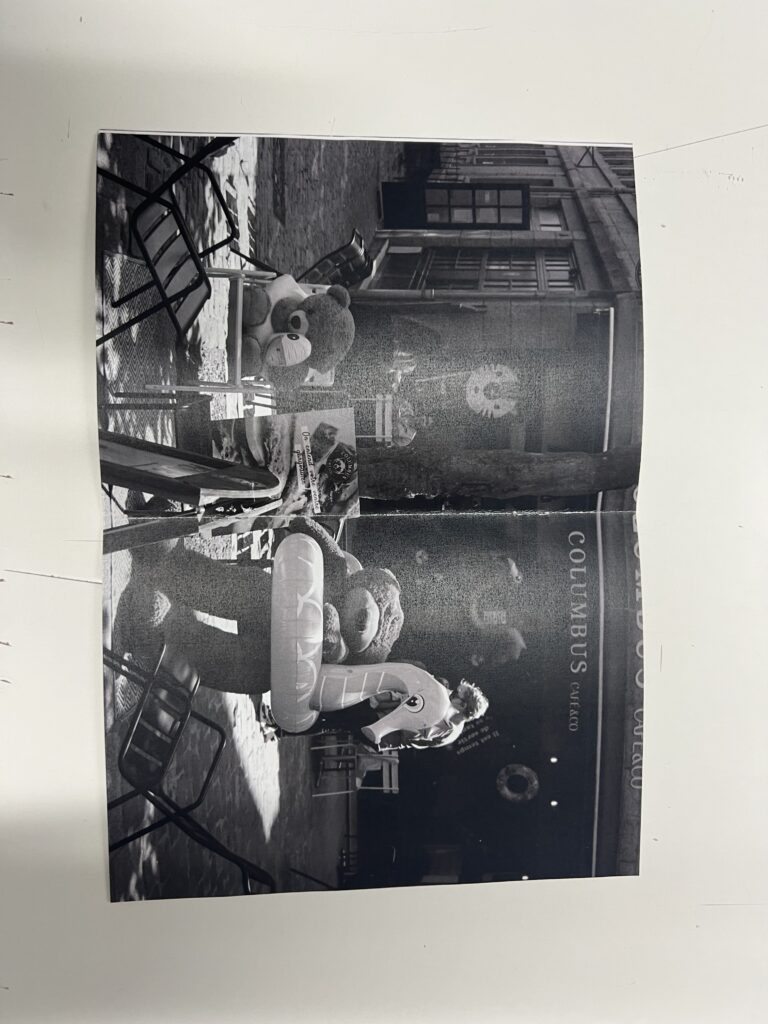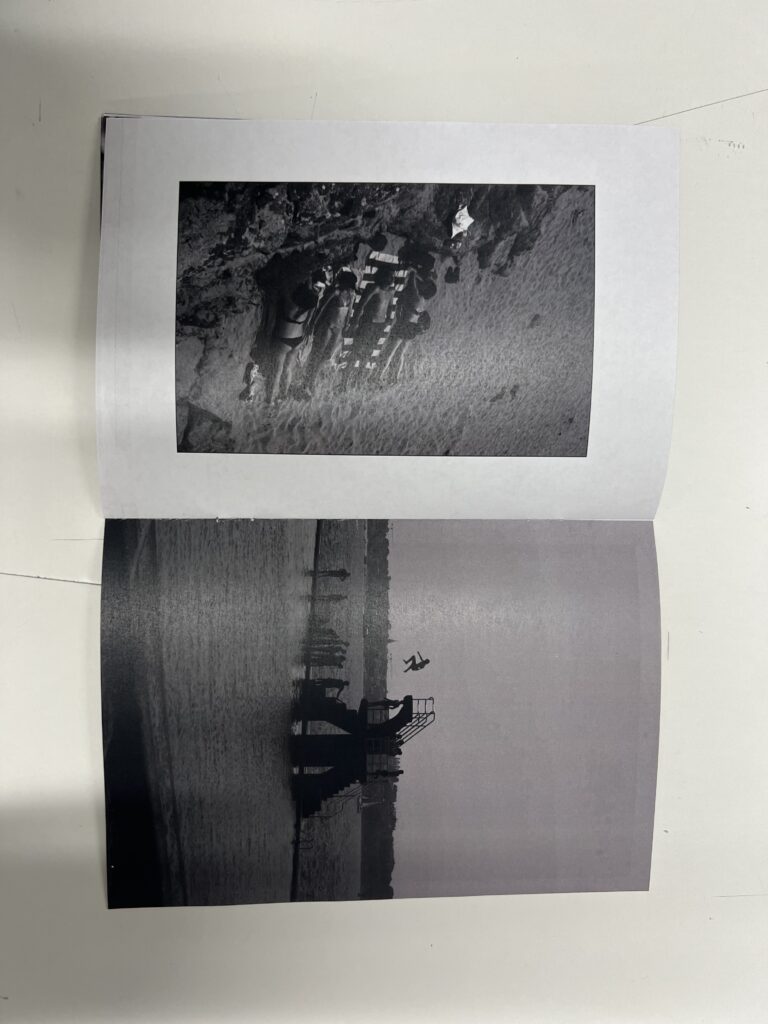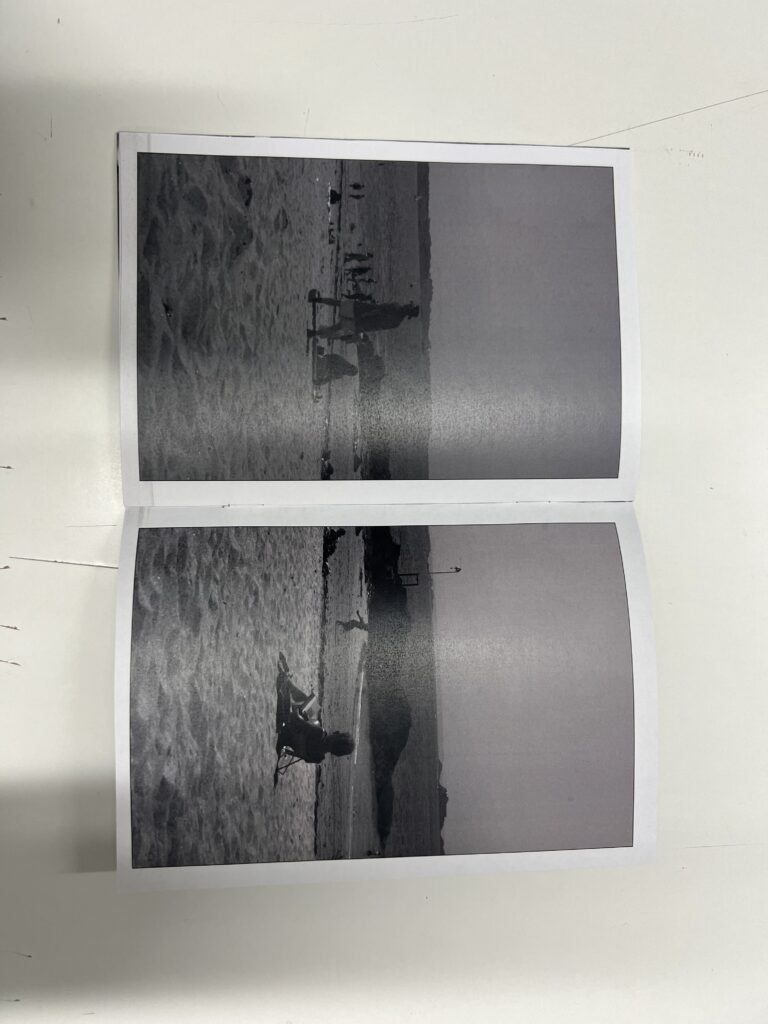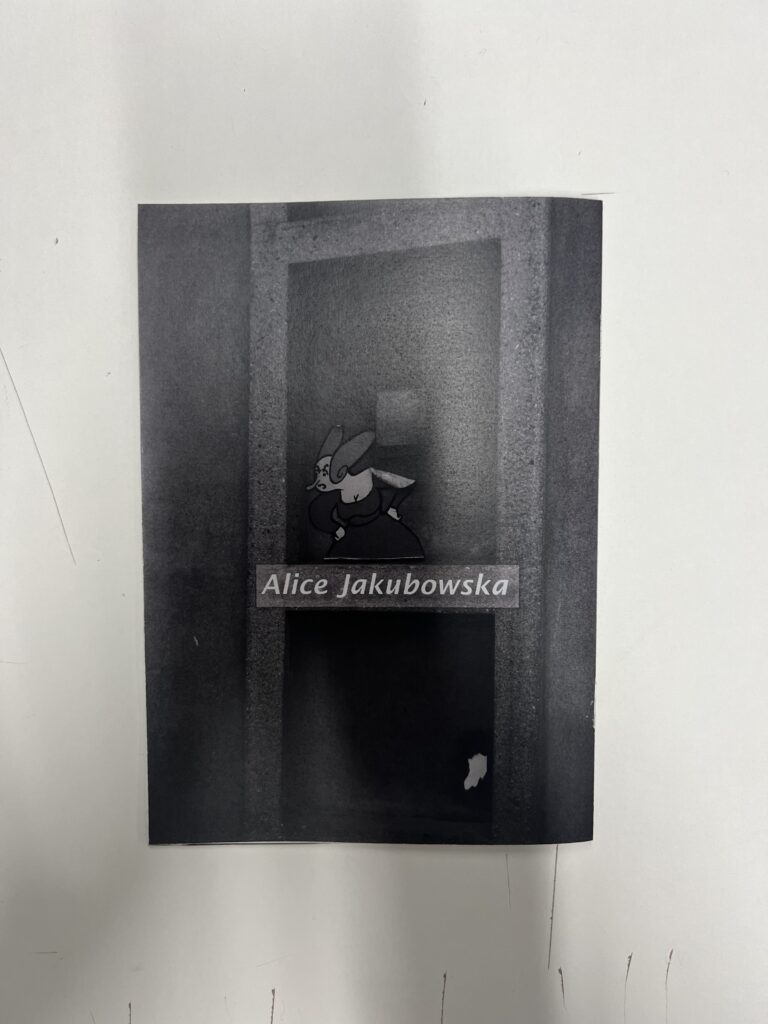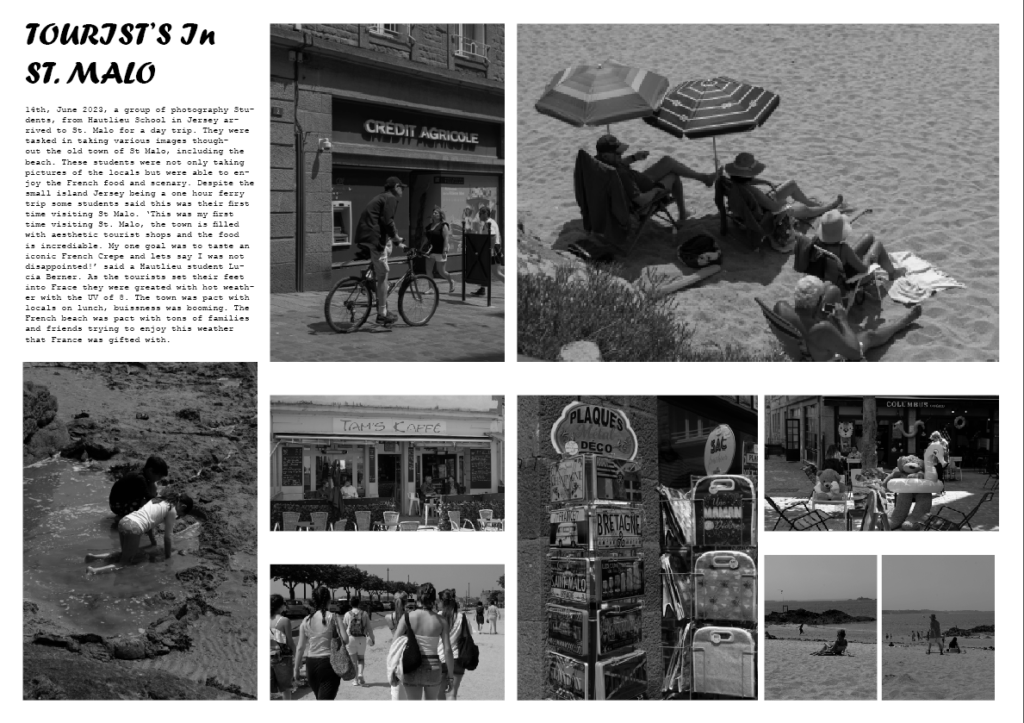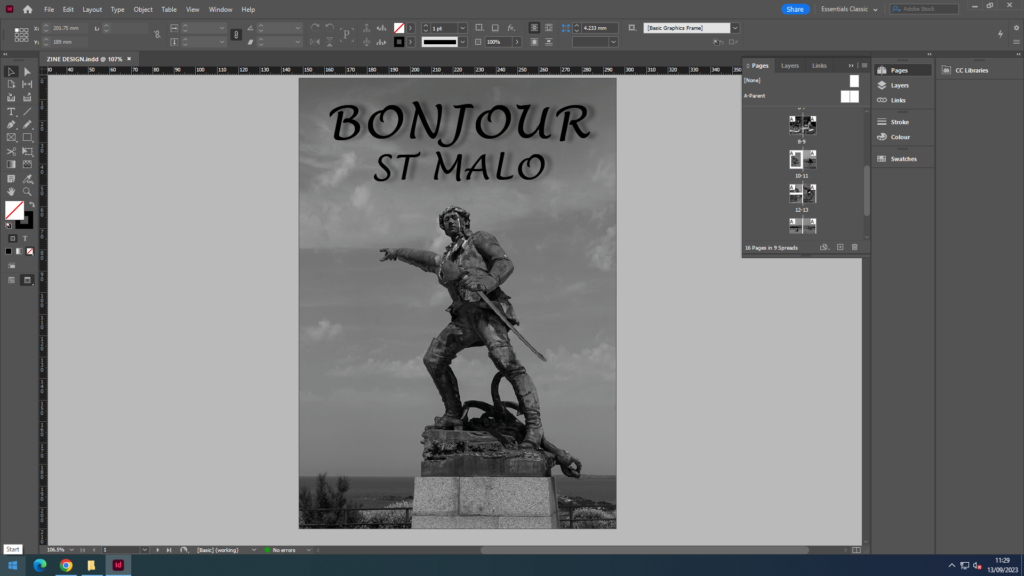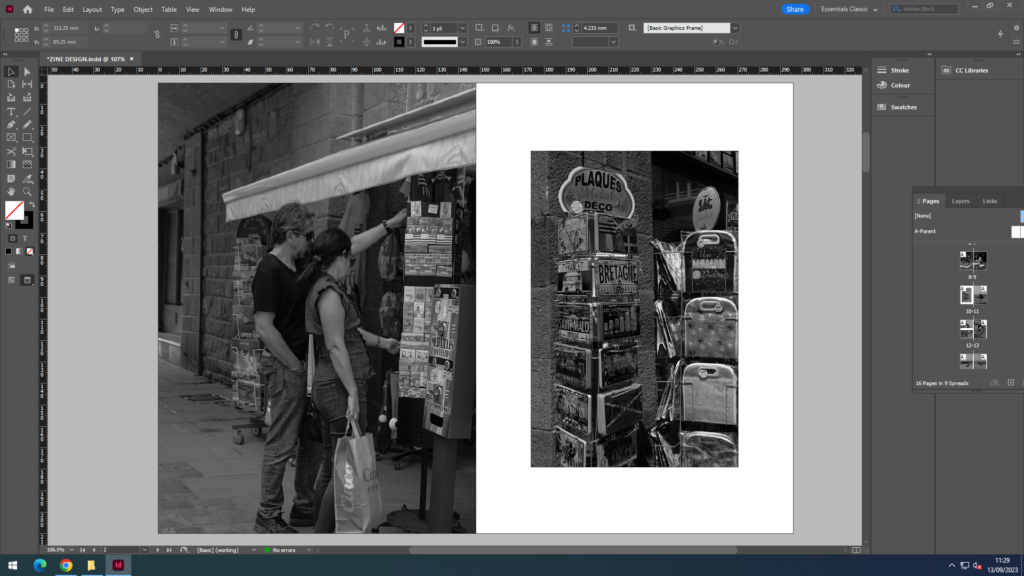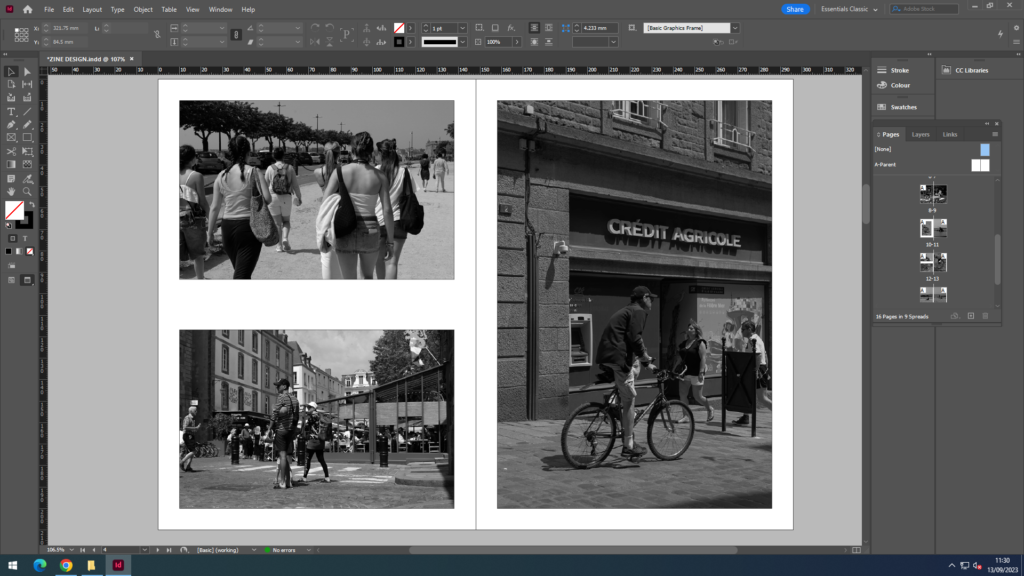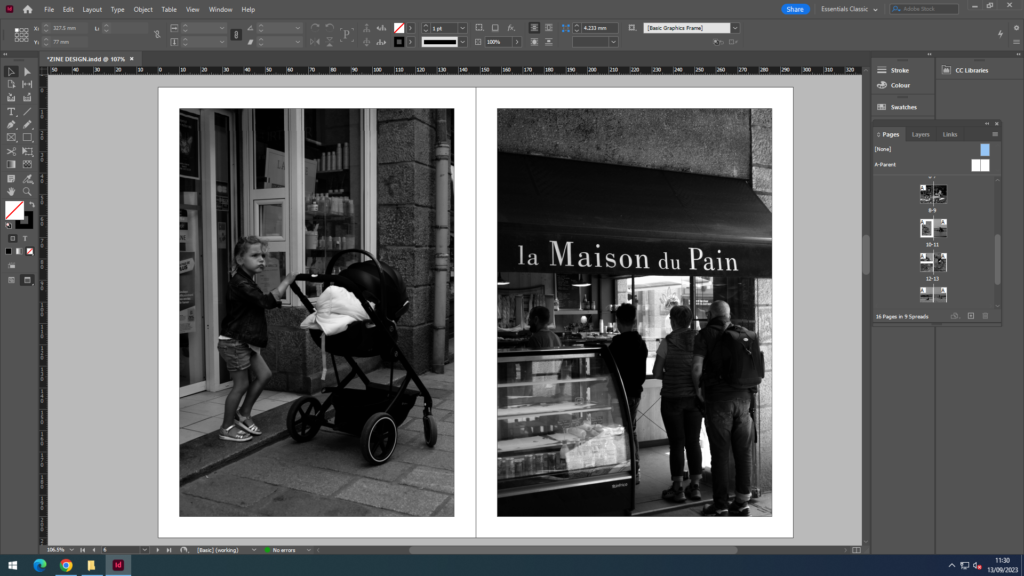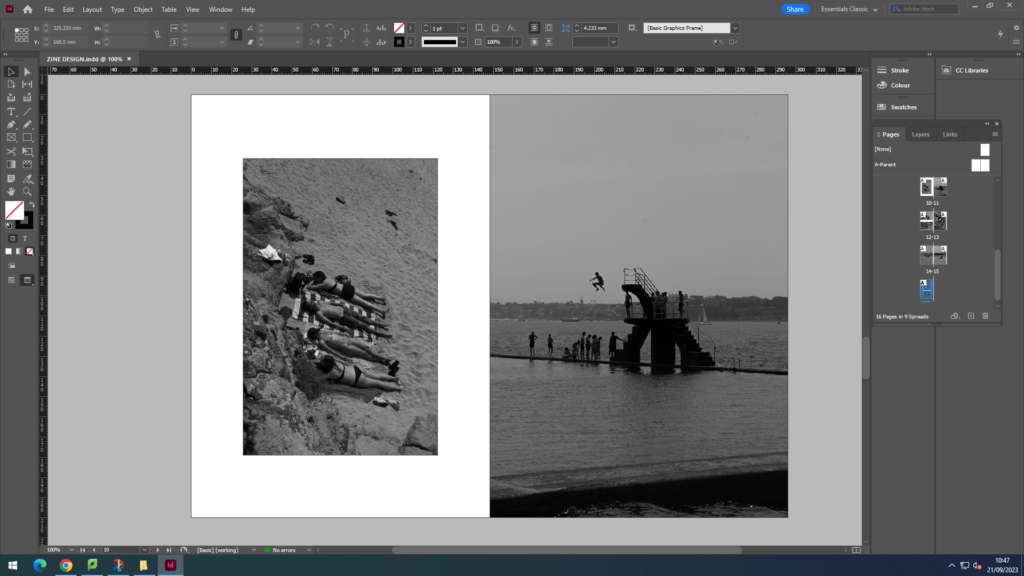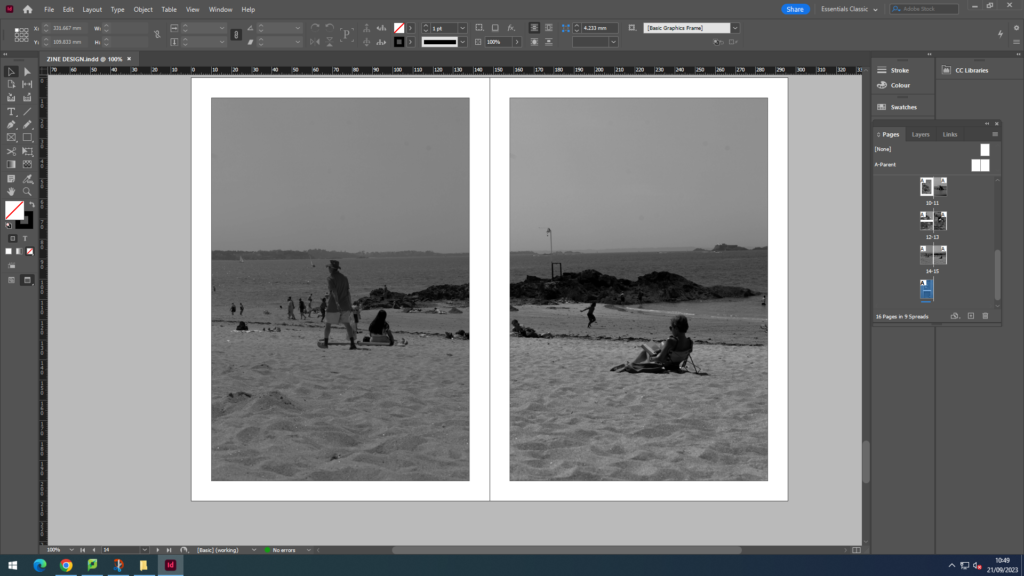THE APP USED TO EDIT OUR ELIZABETH CASTLE PICTURES; LIGHTROOM CLASSIC.

In this film we decided to create it black and white. This is so that the film could look more nostalgic and vintage. By creating this vintage look in the images we took at Elizabeth Castle they were able to fit with the aesthetic from the Jersey Archive images we received from Jersey Heritage. Our film was supposed to aim for Tourism attractions which therefore linked to the history of the grounds.

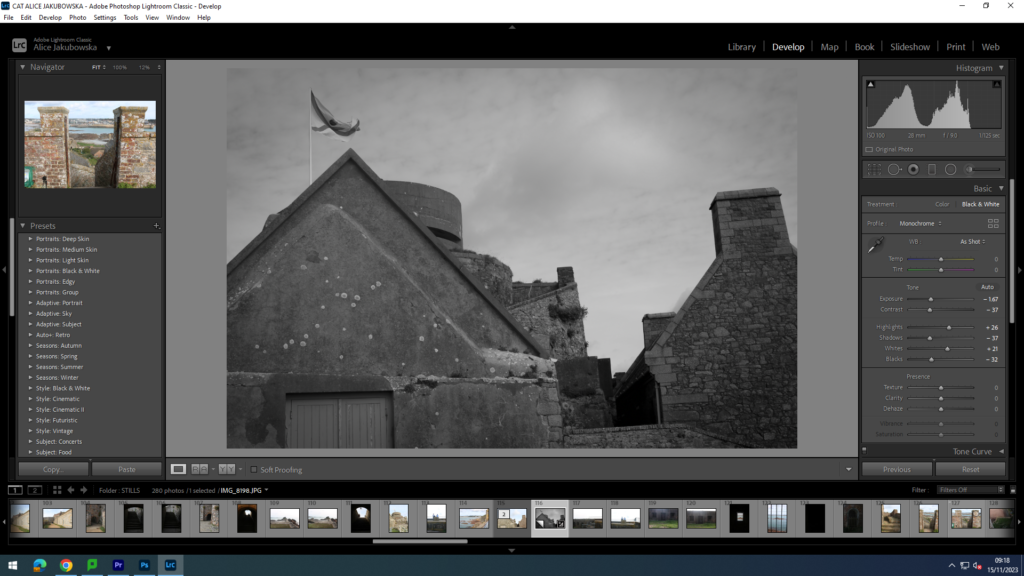
In the images we decided to created a dark atmosphere and vibe to the images, we achieved this decreasing the exposure and decreasing the blacks so we could have a darker mood. However we decided to give the image some dramatic look by contrasting the black and white tones, we further did this by increasing the white and decreasing the darks. Due to this there is a sharper contrast between the tones. To add a more dramatic effect to the images I added a slightly dark vignette around the image, however in order to create a natural aura to the image it was very minimal just enough to create some dimension to the image.
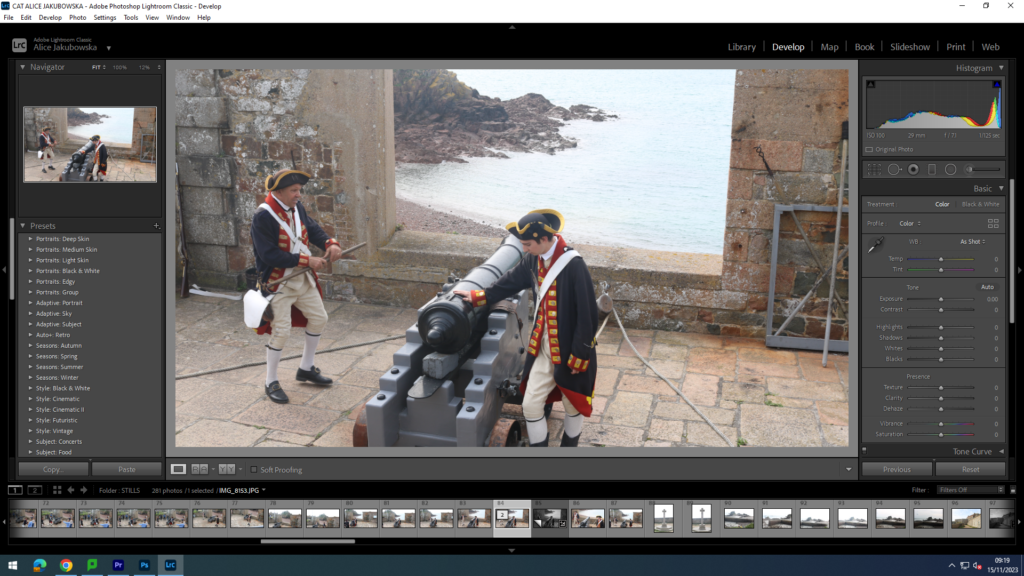
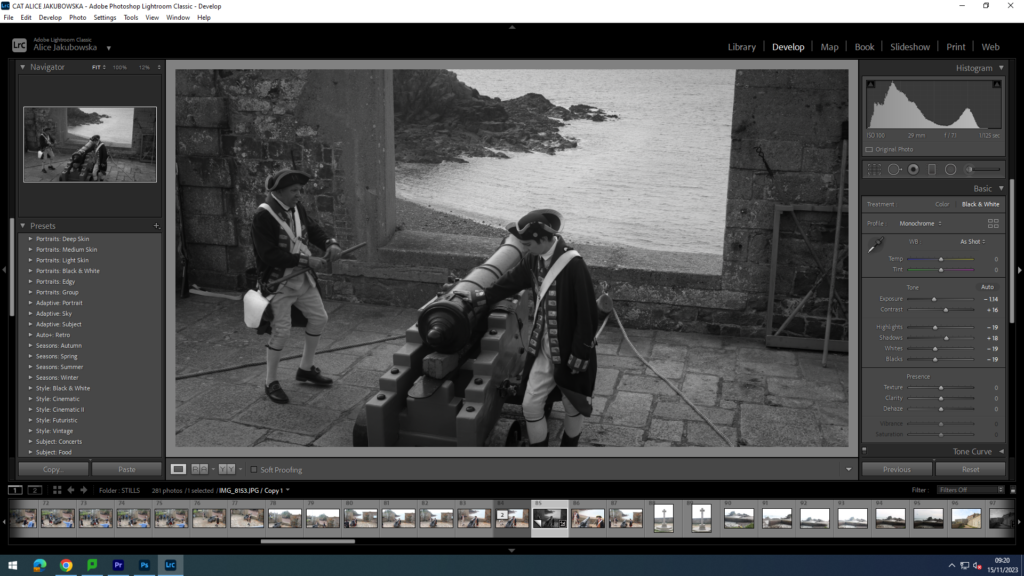
By developing this image in black and white it created a completely different visual look and emotion to the image. Black usually connotes darkness, death, and evil deeds this fits with the image as you are able to see soldiers about to fire from a canon. Which during that era was a deadly weapon that caused many soldiers from the oppositional group a painful death. Furthermore to darken the mood in the image I turned down the exposure to create a more depressed and deepen the mood already in the image. Furthermore I increase the white in order to increased the contrast in the soldiers outfits from the darkened background.
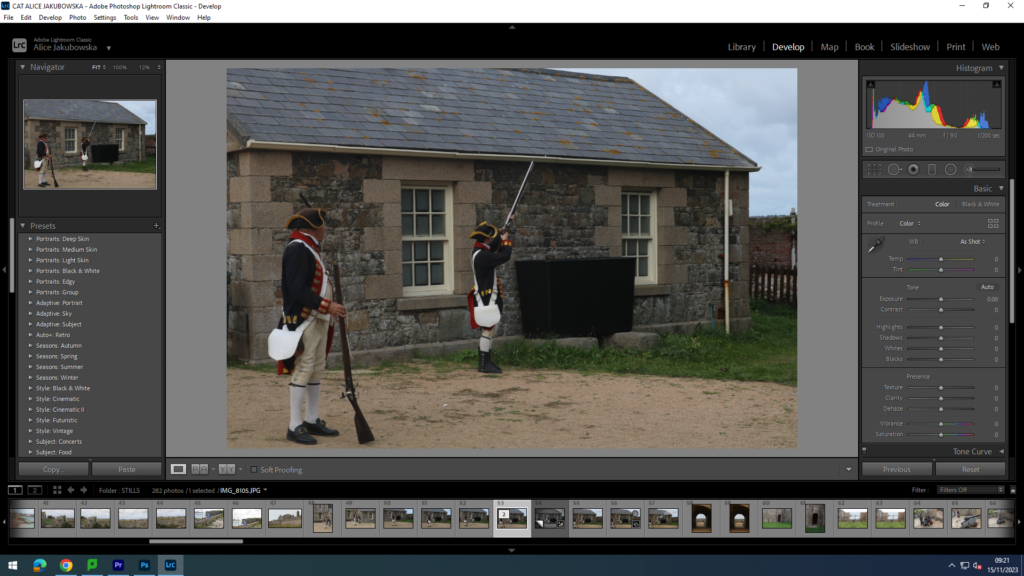
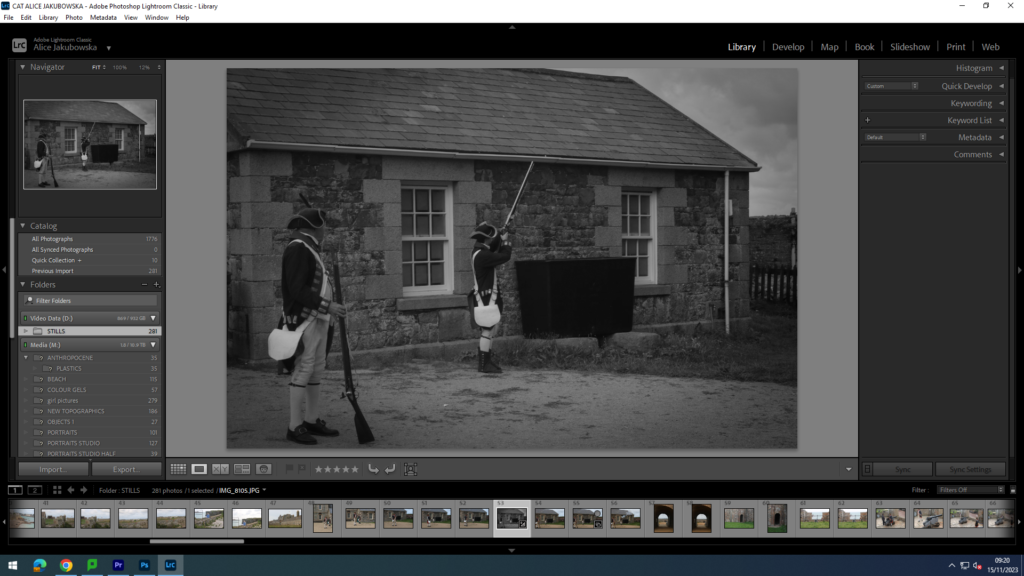
Continuing with the black and white filter I used a similar editing technique and in the image above in order to create a dark serious mood. This is to further support the sincere topic of gun firing, and some of the audience may be affected by this sort action eg post war, or family members in the army. In order to do this I decreased the saturation in order to create a dark mood and a sense of sad and ominous emotion for the viewers.
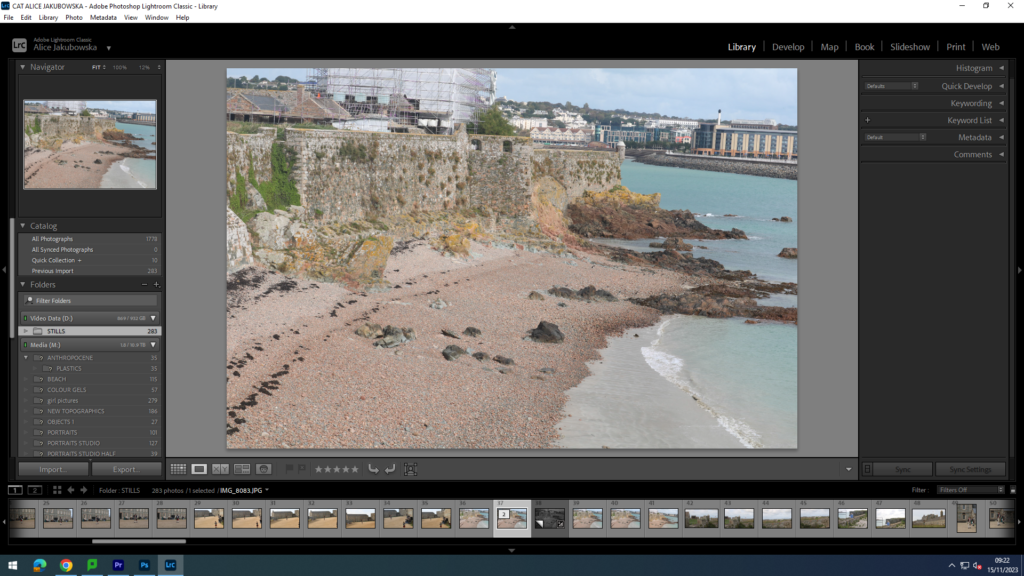

In this image you can see an establishing shot of the landscape in a hidden bit of the castle. This image was important to keep similar to the remaining images in order to keep the same mood through the film. The only different images that would stand out In the film would be the archival material provided by Jersey Heritage. This shot is one of the most important shots in the film as its shows the landscape and the area in which the movie is taking place, this shot therefore set the scene for the audience and creates an understanding of the environment.



